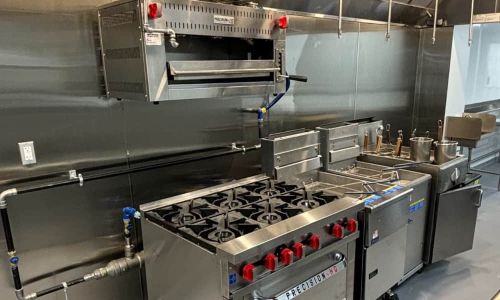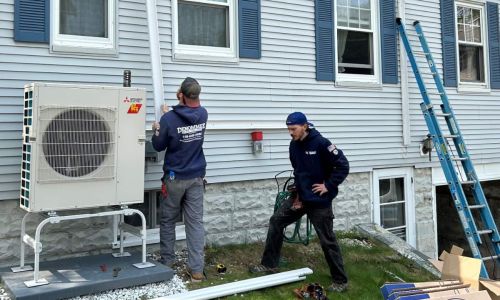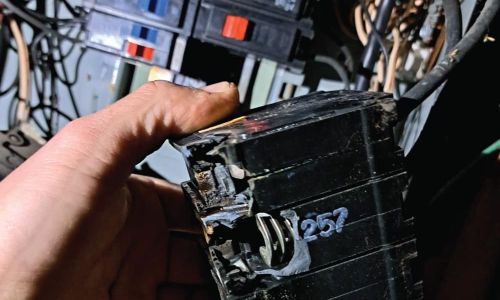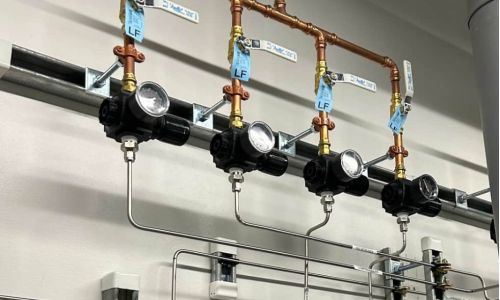How Much to Install Ductless Mini Splits?
Interested in upgrading to ductless mini split heat pump air conditioning, but wondering about the cost of the investment, read on for some considerations.
The cost of a ductless HVAC air conditioning system vary significantly based on a number of factors. Just as each home, and homeowner are unique; every ductless system is different. The size of the equipment (outdoor and indoor units come in multiple sizes), the type and manufacturer of equipment (cooling only vs cold climate, premium brand vs off-brand—not all components are created equally), the configuration and number of indoor “zones” that the system will entail, as well as the distance, path, or routing of linesets that connect the outdoor to indoor units.
As ductless mini split heat pumps are all powered by electricity, installation often requires some electrical system modifications and upgrades. Disconnects at the outdoor unit and dedicated circuits at the main panel to name some common wiring items. Whether your HVAC contractors is licensed and able to do the wiring with in-house electricians, or hires subcontractors affects both price and installation schedule.
Another factor to take into consideration is permitting. Many municipalities require multiple permits (mechanical, building, electrical to name a few), with some permits costing hundreds of dollars. With permits comes the cost of having properly credentialed tradesmen standing inspections.
In our area of New England (Middlesex County, Suffolk County) one could expect to spend about $5,500 for a basic one-zone ductless system. Multi-zone systems can range from $16,000 to upwards of $40,000 depending on installation scope and electrical system upgrades required.
Taking a deeper dive into exploring the cost of installing ductless mini-split systems in homes, one can find they vary based on several factors. Here are some key ones to consider:
- Size and Capacity of the System
Cooling and Heating Capacity: Larger systems with higher BTU (British Thermal Unit) ratings will typically cost more. The required size depends on the square footage of the area being cooled or heated.
Number of Zones: Mini-split systems are often sold in single-zone or multi-zone setups. Multi-zone systems (more than one air handler connected to a single outdoor unit) will increase the cost because of the additional equipment and installation complexity.
- Type of System
Single-zone vs. Multi-zone: A multi-zone system (for multiple rooms) requires more materials, equipment, and labor, increasing the total cost.
Energy Efficiency: Higher efficiency units (often with higher SEER ratings) tend to cost more upfront but can save you money in the long run on energy bills.
- Installation Complexity
Mounting Location: The location where the indoor and outdoor units will be installed can impact the cost. Installation in areas that are difficult to access or require additional structural support will be more expensive.
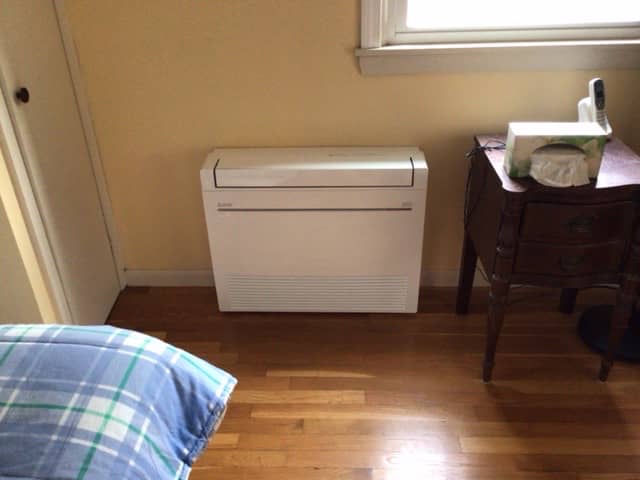
Refrigerant Line Length: The distance between the outdoor unit and the indoor units will affect the amount of refrigerant line and other materials needed. Longer lines generally lead to higher installation costs.
Electrical Upgrades: If your home’s electrical system needs to be upgraded or modified to handle the new mini-split system, this will add to the overall cost.
- Brand and Quality
Brand Reputation: Higher-end brands like Mitsubishi, GE Air & Water or Daikin may cost more upfront, but they are often more reliable and efficient.
Features: Extra features, such as smart thermostats, air purifiers, or enhanced filtration, can add to the cost.
- Labor Costs
Installer Experience: Labor costs vary based on the contractor’s expertise and the region you're in. Highly experienced contractors may charge more for their services.
Region/Location: Installation costs can vary depending on the geographical location. Areas with a higher cost of living or that are farther from suppliers may experience higher installation prices.
- Permit and Inspection Fees
In some localities, you may need multiple permits for installing mini-split systems, which can involve additional costs for the permits themselves and any required inspections.
- Additional Features or Customization
Ductless Design or Integration: Some systems are designed to blend into a home’s aesthetic (e.g., built-in or concealed systems), which could increase the cost of the units and installation.
Wi-Fi or Smart Home Integration: Some models offer smart features that allow you to control the system remotely, which can increase the price.
- Maintenance and Warranty
Extended warranties or service plans may add to the upfront cost but can provide peace of mind and reduce future maintenance expenses.
- Old System Removal
If replacing an old HVAC or other system, you may need to factor in the cost of removing and disposing of the existing equipment.
That’s a lot of variation and not a lot of certainty, but the good news is, reputable ductless mini split hvac installers like Denommee Plumbing, HVAC & Electric provide no-cost consultations and system estimates. During our in-home consultations, our system designers also discuss available rebates (up to $10,000), incentives (tax credits up to $2,000) and financing options (0% interest on up to $25,000) that can drastically reduce homeowner investment. Request your no-cost in-home consultation and ductless mini split system quote today by clicking here or visiting www.denommeeplumbing.com.

